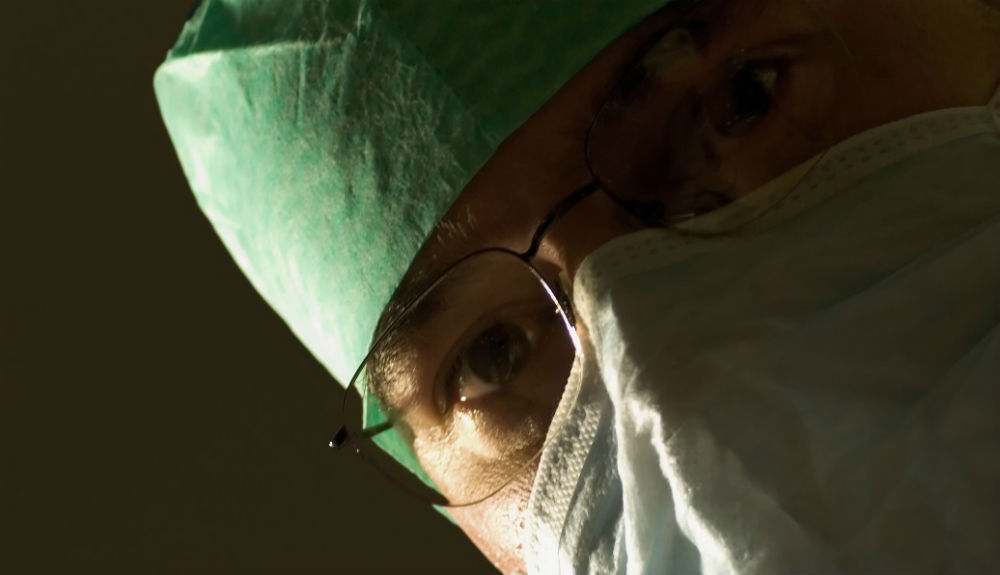
According to the World Health Organization, a non-profit group that promotes health safety issues around the globe, surgical site infections are the second leading cause of hospital acquired infections in the United States. Now, WHO has come out with a blueprint to prevent this type of a dangerous preventable medical error.
Earlier this month the organization released a 29-step plan to deal with surgical site infections. The steps address issues from both the patient and the healthcare provider perspective.
Life-threatening bacteria can be transmitted to surgical patients before, during and after operations. These infections are all too common, according to WHO, in poor countries and wealthy countries alike. Americans reportedly experience as many as 400,000 extra hospital days, at an annual cost of $900 million, because of this medical mistake.
As the bacteria can be introduced in various stages of the hospital stay, the WHO guidelines include action plans for both in and out of the operating room.
Proper Procedures Before and After Surgery
The recommended steps that hospitals should take prior to surgery to prevent surgical site infections include:
· Patients should bathe or shower prior to the procedure
· If hair absolutely needs to be removed, it should be done with clippers and not a razor
· Adequate hand washing by the surgical staff, using antimicrobial soap or an alcohol-based hand rub
One post-op recommendation is that patients should not receive antibiotics. This common practice can lead to widespread antibiotic resistance, making such treatment useless.
One other WHO piece of advice is for patients to ask their surgeons if they are following these recommendations.
Surgical Safety Checklist
In addition to this new plan to prevent surgical site infections, WHO previously published a checklist for hospitals to utilize in protecting patients from other surgical errors. When following the checklist, healthcare providers are instructed to have the patient confirm his identity and the name of the procedure, double-check anesthesia equipment, confirm sterility procedures, and other basic but important steps.
Preventable surgical errors occur when standard levels of care are not met. This should not happen ever, as the consequences can be dire.
If you were harmed or had a family member die during or following surgery and you are uncertain about the level of care, check with a medical malpractice attorney who has experience in advocating for patients' rights.
The choice of a lawyer is an important decision that should not be based solely on advertising.
Authored by: Gray Ritter Graham posted in Medical Malpractice on Thursday, November 17, 2016.

 RSS Feed
RSS Feed